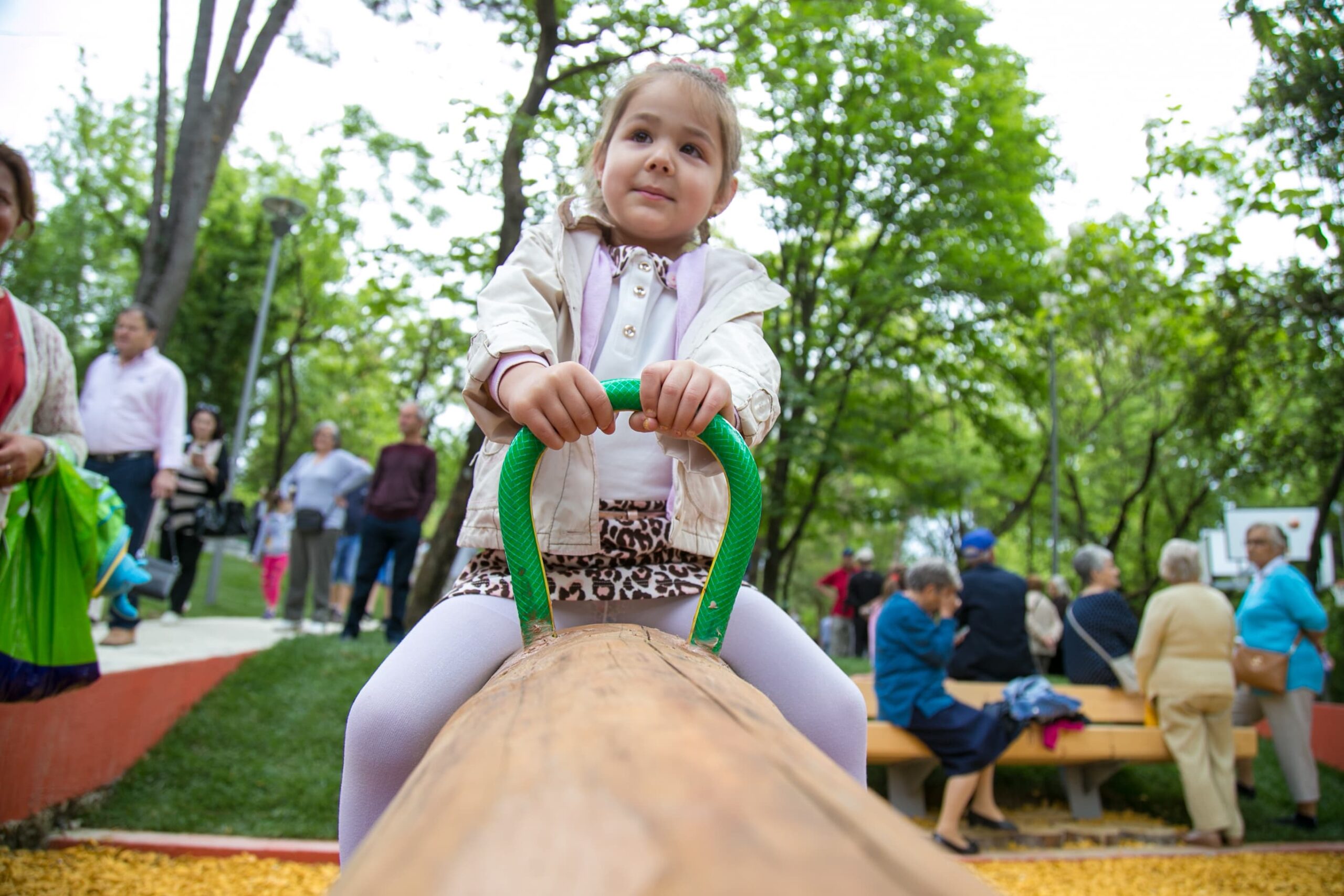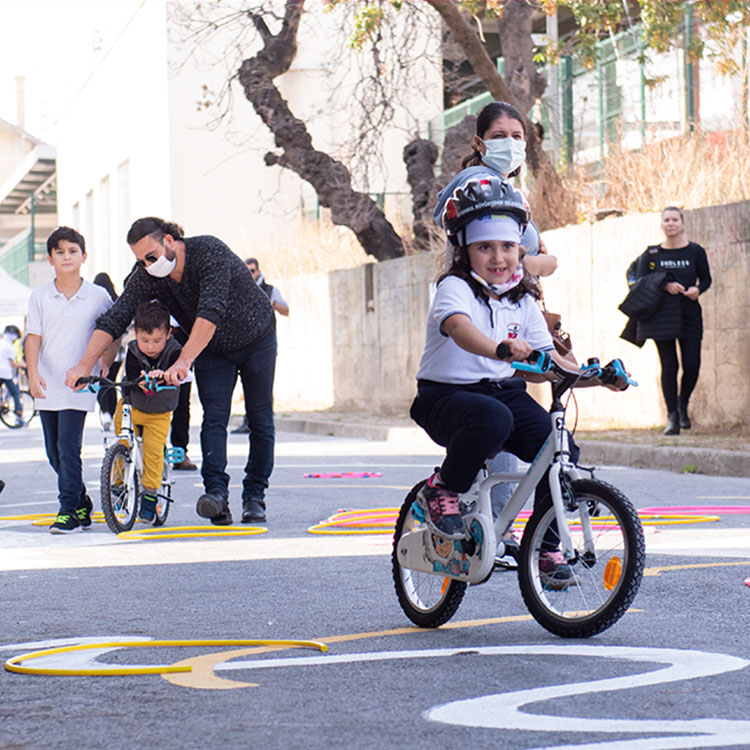Context
Erion Veliaj is the first mayor of Tirana, Albania, to be elected primarily by those born after communism. In 2015 he took charge of a youthful city – the 800,000 residents’ average age was 27 – that had endured decades of isolation under a totalitarian regime followed by unchecked growth in the 1990s that brought heavy pollution, traffic, haphazard construction, economic disparity, corruption and social strife. Veliaj faced entrenched mistrust of government after years of underinvestment in public infrastructure and human capital.
Key actions
- Prioritizing city improvements with quick timelines and high impact and visibility. Early projects included shovel-ready renovation plans developed by both previous administrations and simple, cost-effective investments such as painting all public trash cans bright orange and renovating playgrounds.
- Creating a municipal agency of parks and recreation. The agency’s first project was transforming Tirana’s beloved but neglected 260-acre Grand Park into a playground. It had inherited more than 100 groundskeepers from the former greening division, and added designers, landscapers, architects and engineers. Early rumours of secret plans to build a hotel, not a playground, led to public protests – but the biggest playground in the Balkans opened to great fanfare in June 2016. The agency is on track to becoming revenue neutral based on donations and activity fees, licensing, concessions and parking.
- Engaging—and enlisting—the public: The mayor used social and traditional media to champion projects and build political will. Frequent public hearings promoted civic participation and local ownership. He solicited public input through email, social media and a smartphone app. He also paid unprecedented attention to his youngest constituents, meeting daily with schoolchildren and seeking feedback and ideas from a children’s city council composed of hundreds of volunteers. When he revived his predecessor’s plan to pedestrianize the central plaza of Skanderbeg Square, the largest traffic circle in southeastern Europe, Veliaj enlisted the city’s children to become advocates for the project.
- Partnering with the private sector: Veliaj reached out to companies large and small to help renovate all 32 of the city’s kindergartens in just 45 days, before the start of the school year. Companies “adopted” kindergartens, providing funding and volunteer labour for renovations, with city engineers ensuring standards. Veliaj also committed to building or renovating 48 local playgrounds over his term, funded primarily by private donations and volunteer labour for construction, oversight, and maintenance.
- Starting to improve data collection. The city’s first data office launched under the Department of Planning in April 2019. It aims to monitor traffic and air pollution, the presence of services such as clinics and nurseries, adequacy of sidewalks, walking distances between resting points, numbers of trees and streetlights, street noise, density of parks and green space, and maintenance of facilities.
Results
- Over 100 nurseries and kindergartens were renovated, boosting enrolment. In just four years, the city went from having excess capacity in public kindergarten to being unable to keep pace with demand, with over nine requests for every available space.
- The cityscape was redefined by the transformation of Grand Park, the New Bazaar and Skanderbeg Square. Roads were improved – both central arteries and outlying streets – and 500,000 trees planted around the city to combat air pollution.
- Five schools and 48 playgrounds were constructed.
- Although this is starting to change, the lack of data collection made it hard to gauge progress in terms of – for example – numbers of families reached. A major challenge for data collection will be overcoming a deep-rooted public scepticism about government that undermines trust in official statistics.
Looking ahead
- When the mayor’s second term began in July 2019, the city was poised to enact new guidelines for redesigning streets and neighbourhoods to serve the interests of infants, toddlers and their caregivers.
- The initial focus on visible quick wins in the city centre led to criticism that Veliaj had not given enough attention to schools and playgrounds in outlying areas. The plan is to do more in these underserved peripheral areas in the mayor’s second term.

